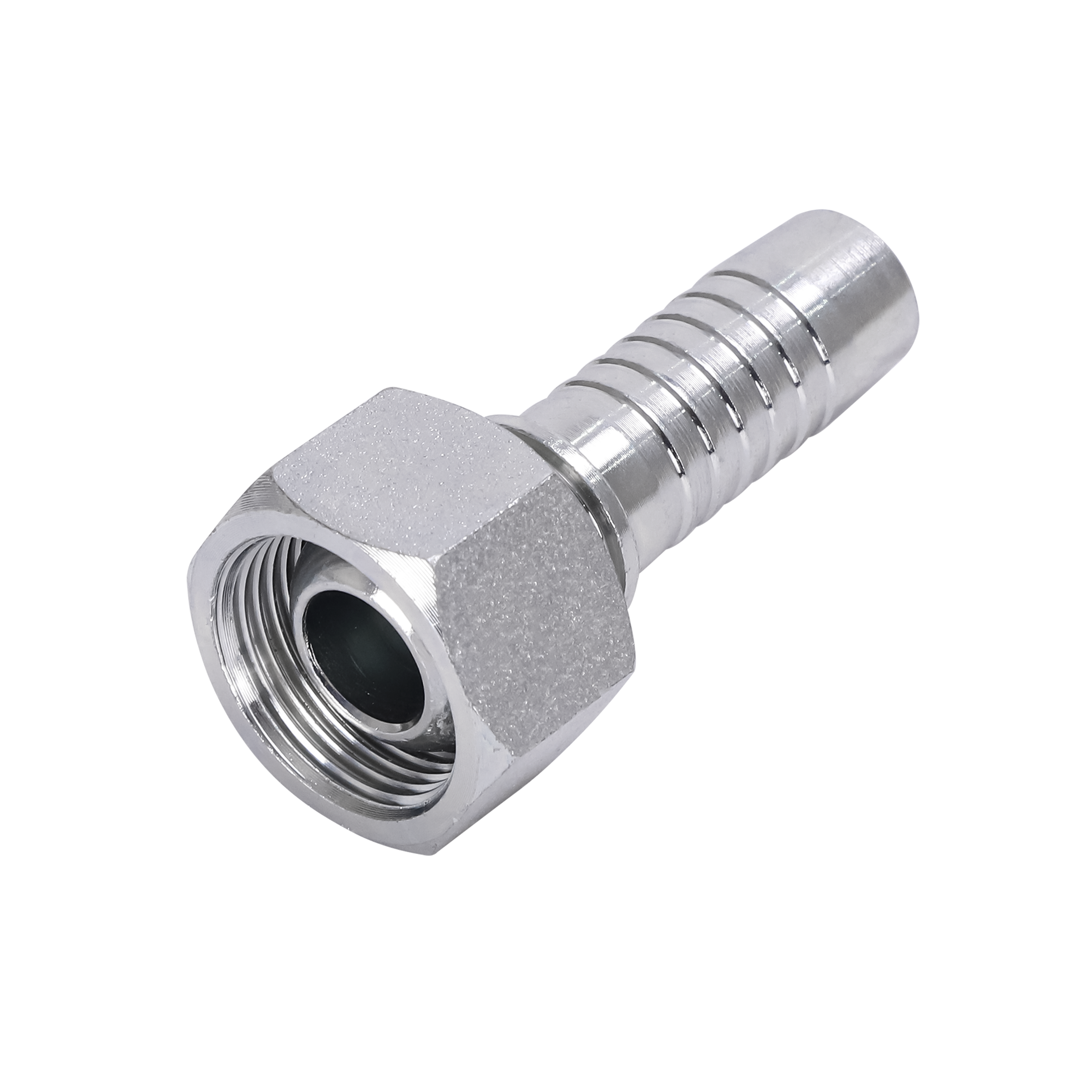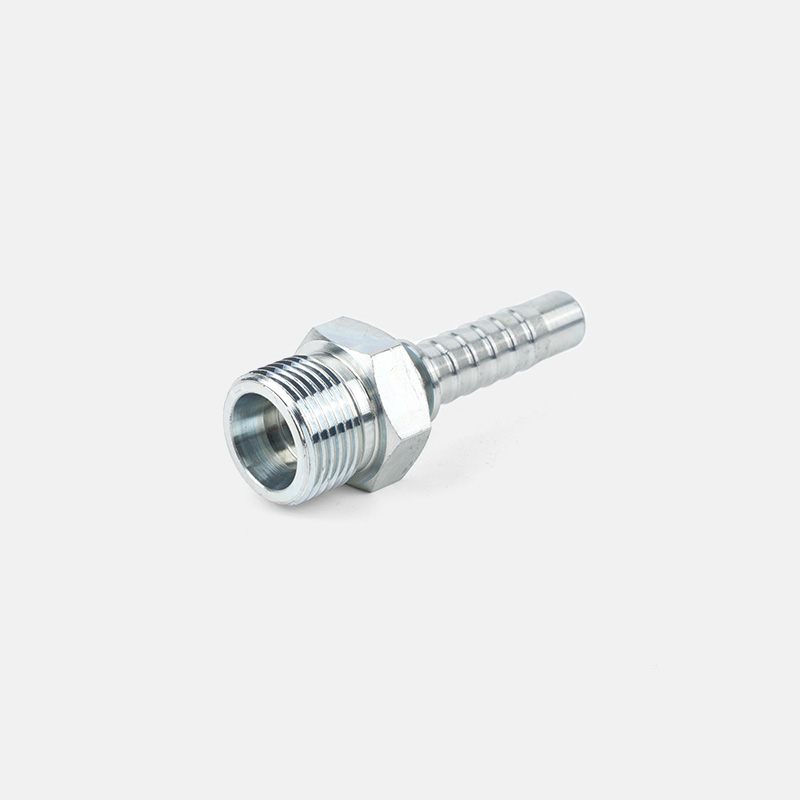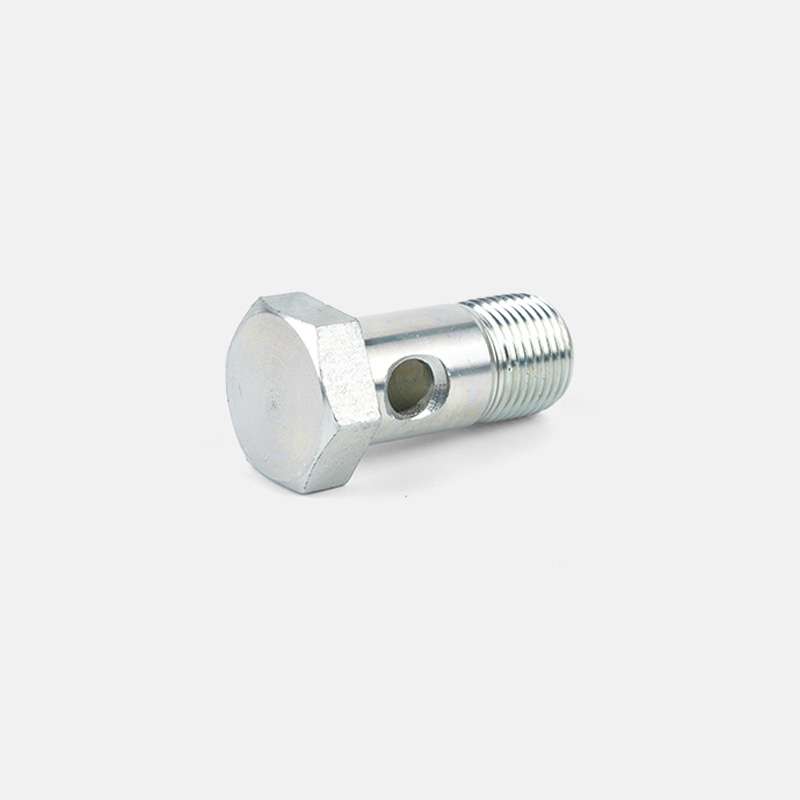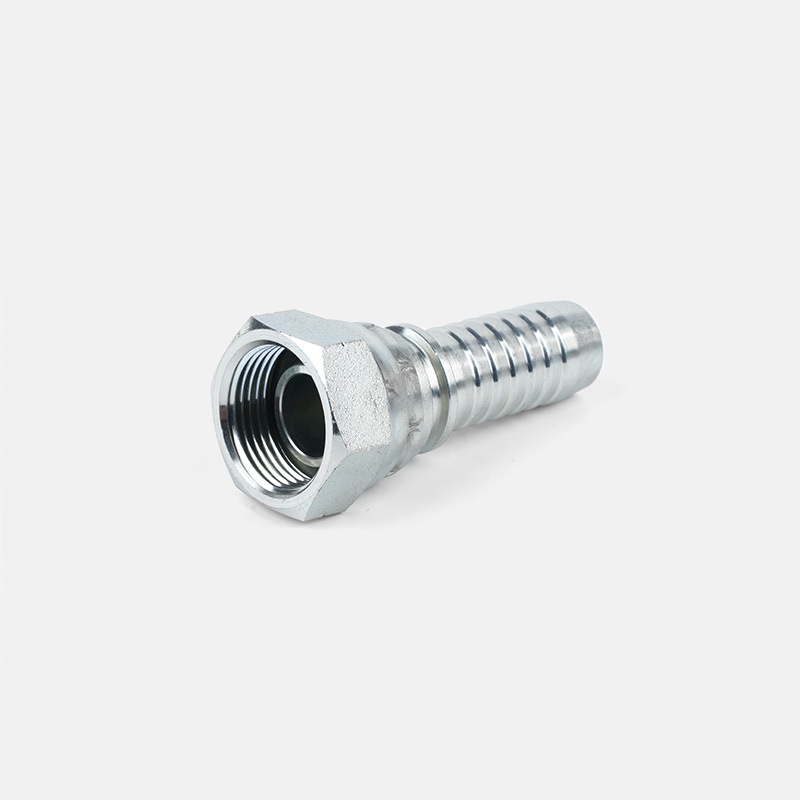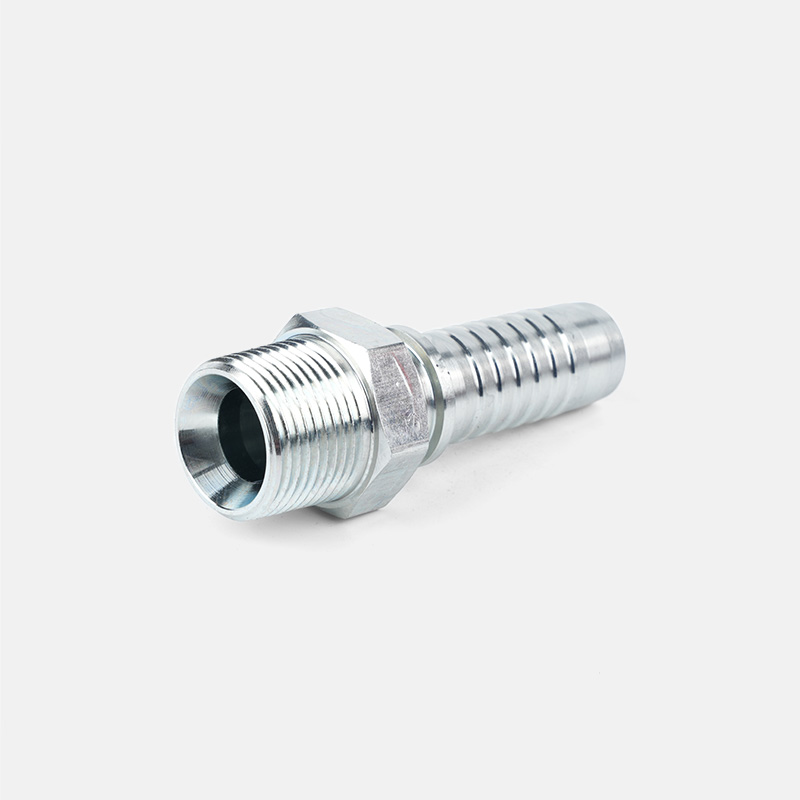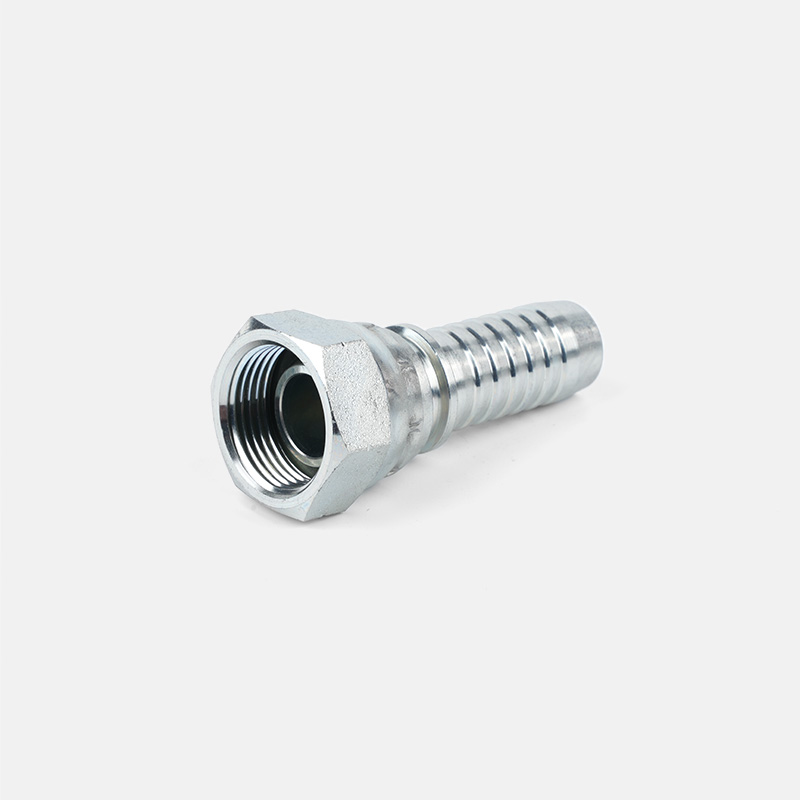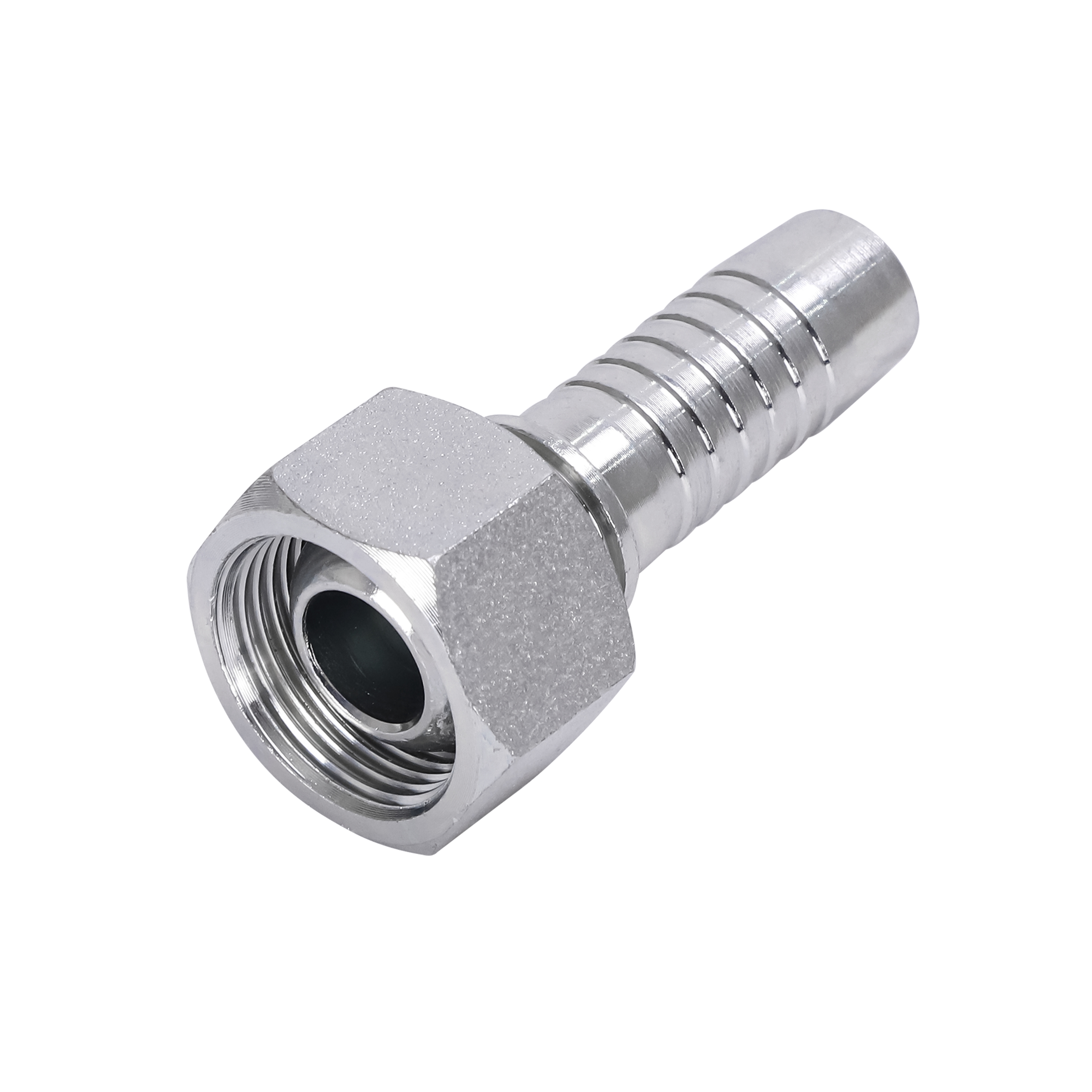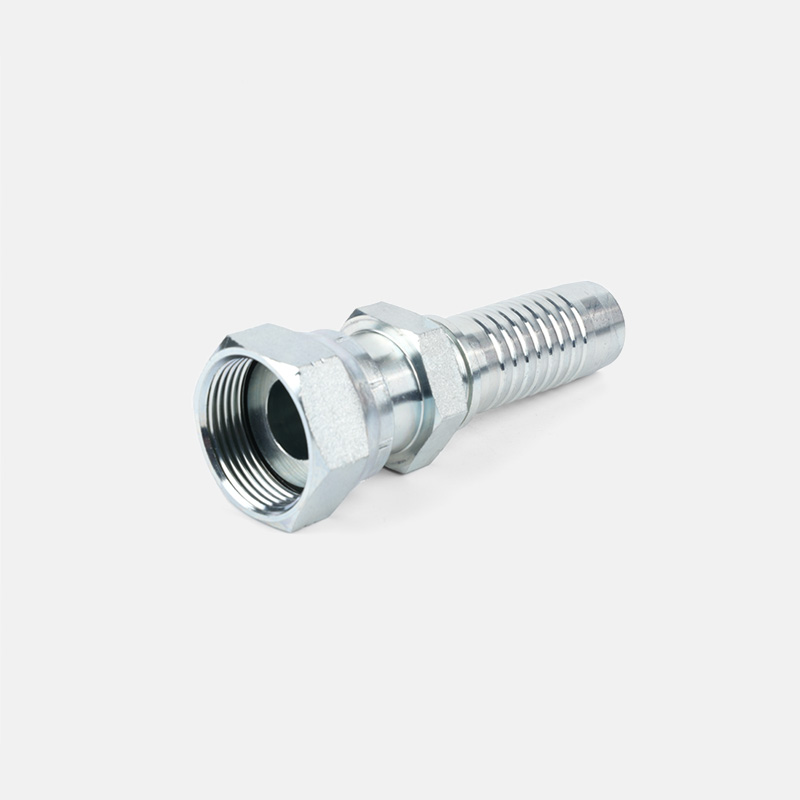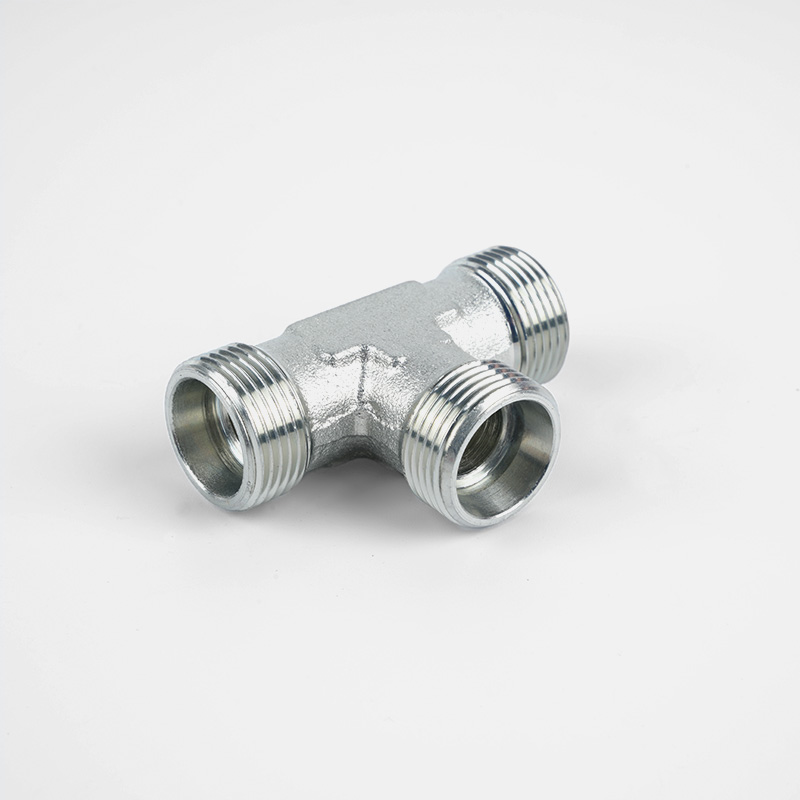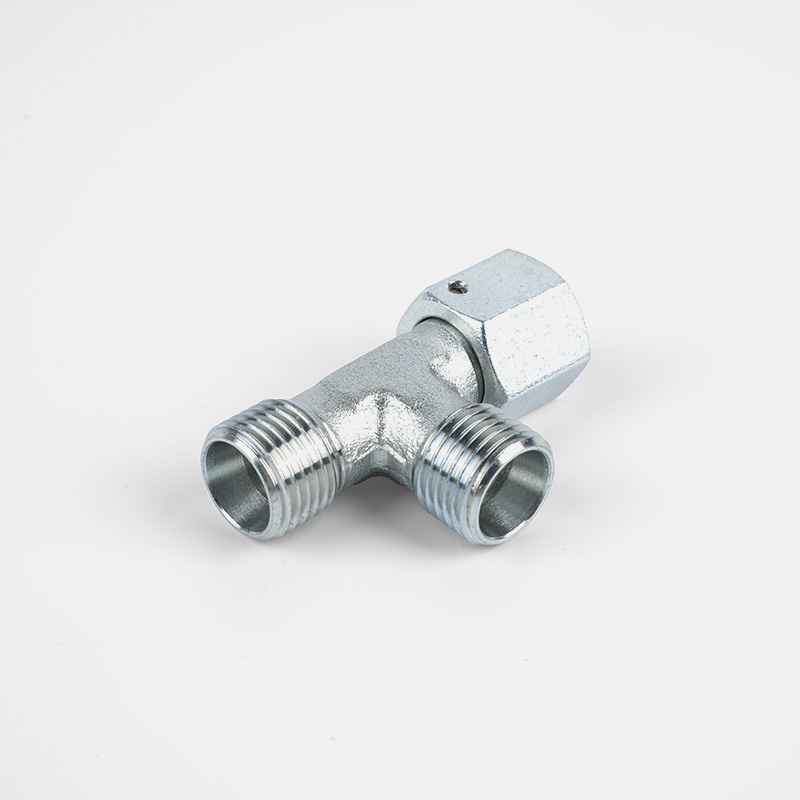Language
ENGComprehensive understanding of SAE hydraulic flanges: application, selection and maintenance guide
 2025.09.08
2025.09.08
 industy news
industy news
1. Applications of SAE Hydraulic Flanges
SAE hydraulic flanges are essential components in hydraulic systems, typically used for connecting hydraulic pipes, hoses, and equipment such as pumps, valves, and motors to ensure the system’s high efficiency and seal integrity. SAE standards for hydraulic flanges are capable of withstanding high pressure, making them widely used in hydraulic systems that require strong sealing capabilities and high-pressure support.
1.1 Core Role in Hydraulic Systems
In hydraulic systems, SAE hydraulic flanges serve a critical function as connection components. These systems often operate under high pressure and involve tight coordination among various components. SAE hydraulic flanges ensure stable connections between system parts and prevent leaks or failures due to excessive pressure. They are typically used with sealing components to maintain the hydraulic system’s integrity by preventing leakage of hydraulic oil and protecting the system from external contaminants.
1.2 Suitable for High-Pressure Environments
Hydraulic systems may operate at pressures as high as thousands of psi. SAE hydraulic flanges are designed to handle these high-pressure requirements by using strong materials and precise manufacturing techniques. For instance, standards like SAE 3000 and SAE 6000 are used for different working pressure levels, ranging from low to ultra-high-pressure hydraulic systems.
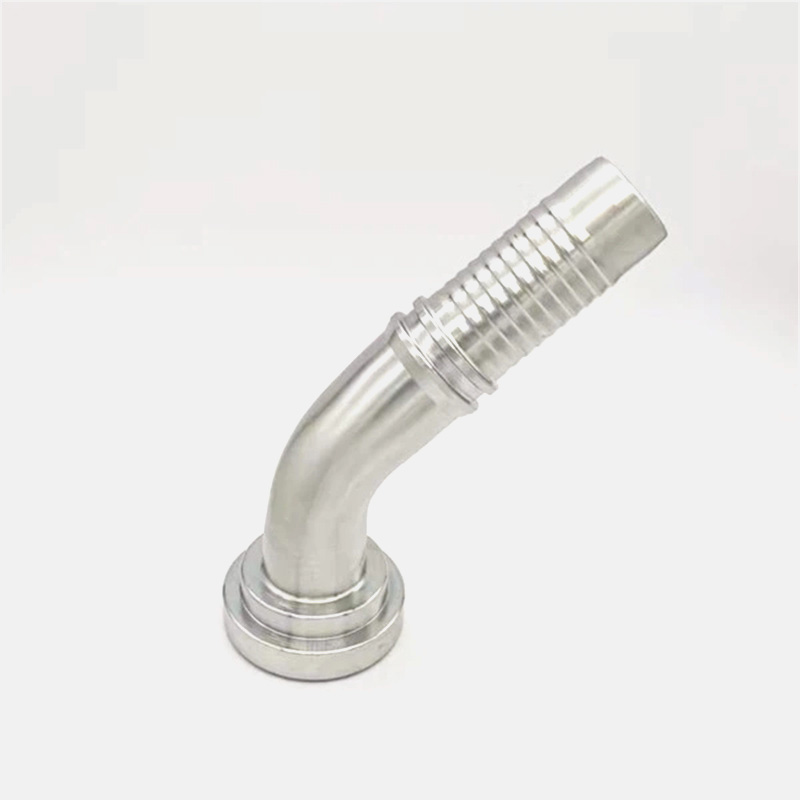
1.3 Applications Across Various Industries
Due to their strength and durability, SAE hydraulic flanges are used in various industrial sectors, including but not limited to:
- Construction machinery: such as excavators, bulldozers, and forklifts.
- Agricultural machinery: such as tractors, harvesters, and sprayers.
- Mining equipment: such as hydraulic breakers, drill rigs, etc.
- Petrochemical equipment: such as drilling platforms and chemical processing equipment.
- Marine and aviation equipment: such as hydraulic rudders, flight control systems, etc.
Additionally, because hydraulic systems are known for their ability to bear high loads, SAE hydraulic flanges are also used in railroads, metallurgy, smelting, and other heavy industries.
1.4 Vibration Resistance and Durability
Hydraulic systems are often exposed to significant vibrations, particularly in high-pressure systems, where even slight vibrations can loosen components or cause system leaks or failures. SAE hydraulic flanges are designed with features to mitigate the impact of vibrations. The materials and connection methods used in these flanges effectively absorb vibrations, reducing the chances of loosening or failure due to prolonged or high-frequency vibrations.
2. Selection of SAE Hydraulic Flanges
Choosing the right SAE hydraulic flange for a hydraulic system is critical to ensuring the system operates reliably and efficiently. Selecting the wrong flange can lead to poor sealing, system instability, and safety risks. Several factors need to be considered when selecting a flange, including its size, material, seal type, working pressure, and environmental considerations.
2.1 Flange Size and Specifications
The size and specifications of the flange determine its compatibility with pipe diameter, connection type, and pressure rating. Common SAE hydraulic flange standards include SAE 3000, SAE 6000, and SAE 9000, each designed for different pressure levels and pipe sizes. When selecting a flange, the first consideration should be the diameter of the hydraulic pipes to ensure a secure and leak-free connection.
Common SAE Hydraulic Flange Specifications and Applicable Pressure
| Flange Specification | Applicable Pressure | Application Range |
|---|---|---|
| SAE 3000 | Maximum 3000 psi | Low-pressure hydraulic systems |
| SAE 6000 | Maximum 6000 psi | Medium-pressure hydraulic systems |
| SAE 9000 | Maximum 9000 psi | High-pressure hydraulic systems |
2.2 Material Selection
The material chosen for SAE hydraulic flanges is crucial as it affects the flange’s strength, corrosion resistance, and service life. Common materials include carbon steel, stainless steel, aluminum alloy, and copper alloys.
- Carbon Steel Flanges: Carbon steel offers high strength and is suitable for standard hydraulic systems. It’s cost-effective but has lower corrosion resistance.
- Stainless Steel Flanges: Stainless steel is ideal for systems in corrosive environments, such as chemical plants and marine applications. It provides excellent corrosion resistance and high temperature tolerance.
- Aluminum Alloy Flanges: These are lightweight and used in systems where weight is a critical factor. However, aluminum alloys are less capable of handling high pressure compared to carbon or stainless steel.
- Copper Alloy Flanges: Copper alloys offer good corrosion resistance, making them suitable for specialized applications in the chemical, food, or pharmaceutical industries. However, they are more expensive than steel options.
2.3 Seal Selection
The type of seal used with hydraulic flanges directly affects the system’s sealing performance and operational efficiency. Common seal materials include nitrile rubber (NBR), fluorocarbon rubber (FKM), and polyurethane (PU). Different seal materials are suited for different operational environments:
- Nitrile Rubber (NBR): Suitable for general hydraulic oil applications with a broad working temperature range.
- Fluorocarbon Rubber (FKM): Ideal for high-temperature and chemically aggressive environments. It has excellent high-temperature resistance.
- Polyurethane (PU): Preferred for environments subject to mechanical wear and tear due to its superior abrasion resistance.
2.4 Pressure Rating Considerations
Hydraulic systems can operate under varying pressure levels, and each system requires a flange capable of handling its maximum working pressure. For example, SAE 3000 flanges are used in low to medium-pressure systems, while SAE 6000 and SAE 9000 flanges are better suited for high-pressure systems. When selecting a flange, it is crucial to match the pressure rating of the flange with the system’s maximum operating pressure to avoid failure or leakage.
2.5 Environmental Factors
The environmental conditions in which the hydraulic system operates should also be considered when selecting a flange. Hydraulic systems often function in high temperatures, humid conditions, or corrosive environments. Flanges and seals made from corrosion-resistant materials are essential in such environments to prolong service life and ensure system reliability.
3. Maintenance and Care of SAE Hydraulic Flanges
Even though SAE hydraulic flanges are designed for durability, proper maintenance and care are critical to ensuring their long-term performance. Regular inspections and maintenance practices help prevent leakage, corrosion, or wear, which could otherwise compromise the hydraulic system’s reliability and efficiency.
3.1 Regularly Check Seal Integrity
The sealing performance of the flange is essential for the overall performance of the hydraulic system. Poor sealing can lead to hydraulic oil leaks, reducing system efficiency. Regular inspections should be conducted to detect any leaks at flange connections, especially in high-pressure systems. If leaks are detected, the system should be stopped, and the seals should be checked for wear or damage. Seal replacement should be performed if necessary.
3.2 Keep Flange Surfaces Clean
Contaminants such as dirt or debris on the flange surface can prevent proper sealing, leading to leakage or system failure. When installing or disassembling a flange, it is important to keep the flange surfaces clean to avoid introducing contaminants into the sealing area. Cleaning the flange surfaces before installing new seals ensures a better seal and reduces the risk of leaks.
3.3 Avoid Over-tightening the Flange
During installation, it is essential to follow the recommended torque values for tightening the flange bolts. Over-tightening can deform the flange surfaces, damage the bolts, or cause the seals to be compressed unevenly, leading to leaks. Using a torque wrench to ensure that the bolts are tightened to the manufacturer’s specifications is critical for maintaining flange integrity.
3.4 Periodically Check Bolt Tightness
After the flange has been installed and the system is operational, periodic checks should be made to ensure that the flange bolts remain tight. Over time, due to vibration and thermal cycling, bolts can loosen, compromising the connection and leading to oil leakage or system instability. Regular tightening of the bolts should be part of routine maintenance to avoid potential issues.
3.5 Protect Against Corrosion
Corrosion can occur in harsh environments, especially in marine, chemical, or industrial applications. It is essential to periodically check the flanges for any signs of rust or corrosion. When corrosion is detected, it should be removed, and the flange should be treated with an anti-corrosion coating to protect it from further degradation.
3.6 Maintain Hydraulic Fluid Quality
The quality of hydraulic fluid is essential for the performance of the entire hydraulic system, including the flanges. Contaminated fluid can damage seals and flange surfaces. Regular checks of the hydraulic fluid’s cleanliness and viscosity ensure that the fluid meets the system’s requirements. It is also important to replace or filter the fluid as needed to maintain system performance.
4. Common Problems with SAE Hydraulic Flanges and Solutions
Despite the reliable design of SAE hydraulic flanges, several common issues can arise during their use. Understanding the causes and solutions to these problems can help resolve issues promptly and keep the system running smoothly.
4.1 Oil Leakage at Flange Connections
Cause: Seal degradation, uneven flange surfaces, or improper installation can cause oil leakage.
Solution: Inspect the flange for any visible leaks, and check the seals for wear or damage. If necessary, replace the seals. Ensure that the flange surfaces are clean, smooth, and free from scratches, and re-install the flange with the correct torque specifications.
4.2 Overheating of the Flange
Cause: High hydraulic fluid temperature or inefficient pumps can cause overheating, damaging the flange and seals.
Solution: Check the system’s oil temperature and ensure the cooling mechanisms (such as oil coolers) are functioning properly. Clean any blockages in the hydraulic oil lines and ensure that the system is not overloading.
4.3 Loose
Bolts
Cause: Prolonged use can cause bolts to loosen due to vibration or thermal expansion.
Solution: Regularly check the tightness of the flange bolts, particularly during the initial phase of system operation. Tighten any loose bolts, and consider using lock washers or thread adhesives to reduce the risk of loosening over time.
By choosing, installing, and maintaining SAE hydraulic flanges properly, you can maximize their performance and ensure the long-term reliability of your hydraulic system.


